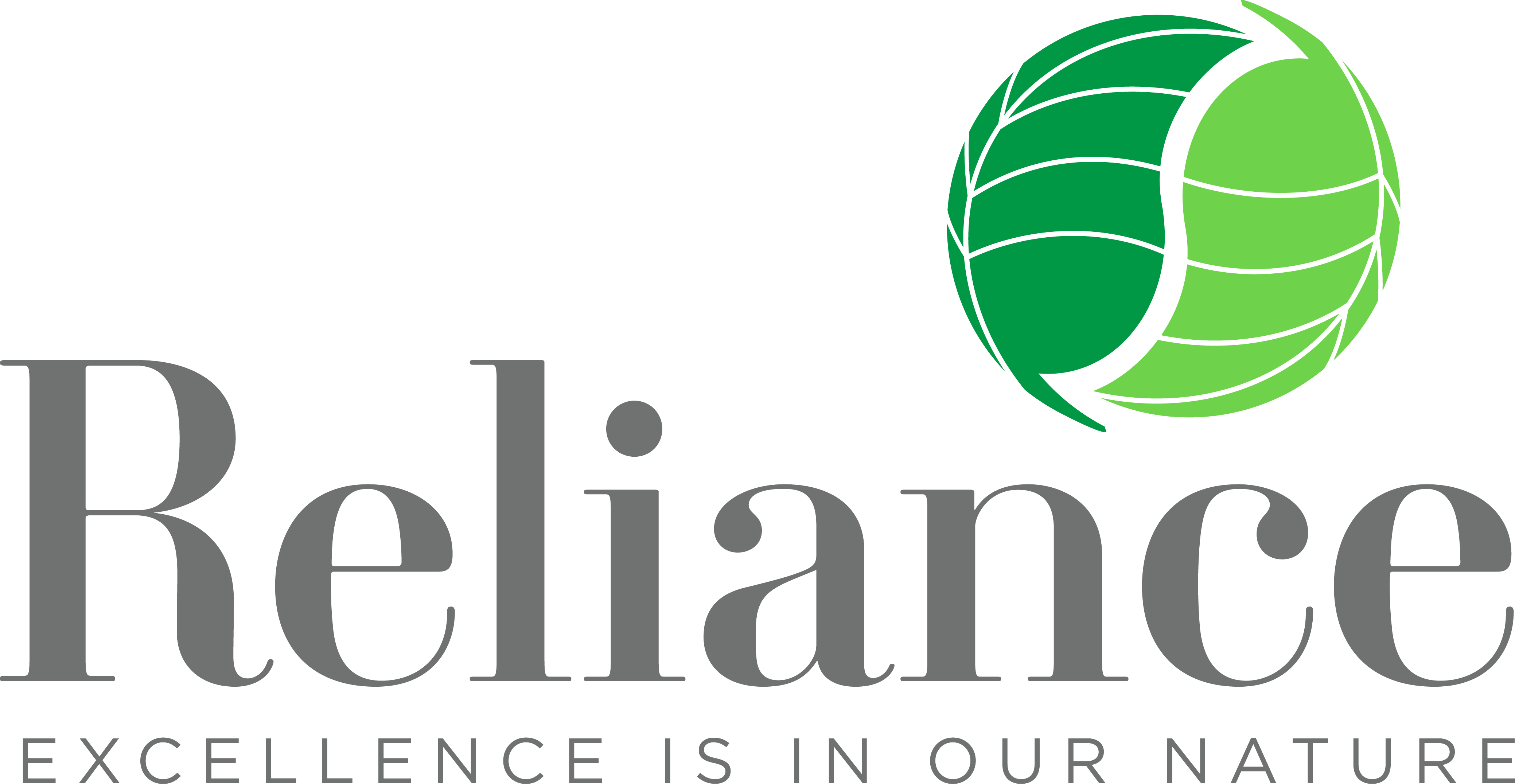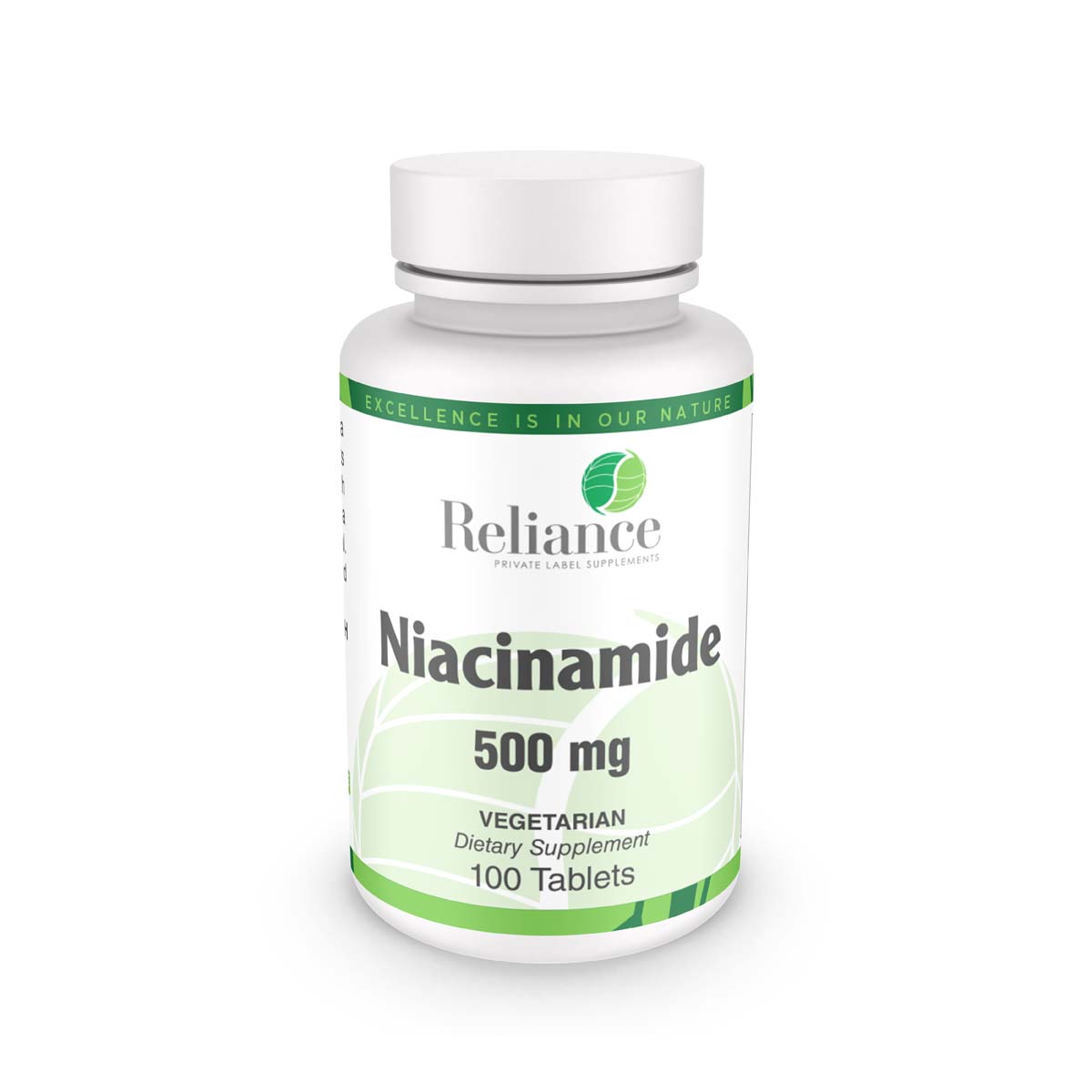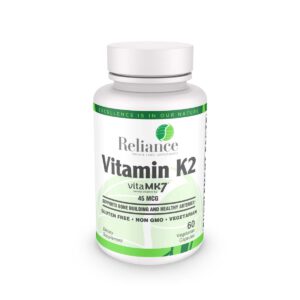Also called Nicotinamide (NAM), Niacinamide is a form of vitamin B3 found in food and used as a dietary supplement and medication. As a supplement, it is used by mouth to prevent and treat pellagra (niacin deficiency). While nicotinic acid (niacin) may be used for this purpose, nicotinamide has the benefit of not causing skin flushing. Niacinamide and Niacin (nicotinic acid) both provide vitamin B3 activity, but they differ in chemical structure and how they affect your health. Niacinamide can also be made by our body from the amino acid tryptophan.
Niacinamide was discovered between 1935 and 1937. It is on the World Health Organization’s List of Essential Medicines. As a result, in a number of countries grains have niacinamide added to them.
Features
- 500mg of Niacinamide
- Vegetarian Tablet
-
Contains No: sugar, salt dairy, yeast, wheat, gluten, corn, soy, preservatives, artificial colors or flavors
Benefits
- Niacinamide does not have the effect of skin flushing, and that is why it is preferred over niacin in the treatment of pellagra (mentioned above as a condition that results due to lack of vitamin B3).†
- Some niacinamide is converted to a compound called NAD. NAD is an important part of our energy making cycle, AKA the Krebs cycle. It’s also important because it is the “de-enabler” molecule that helps prevent a certain DNA-based aging mechanism.†
- Taking niacinamide may help prevent new skin cancer or precancerous spots (actinic keratosis) from forming in people with a history of skin cancer or actinic keratosis.† “Nicotinamide for photo protection and skin cancer chemoprevention: A review of efficacy and safety” Victoria A. Snaidr Diona L. Damian Gary M. Hallida, 30 January 2019.




